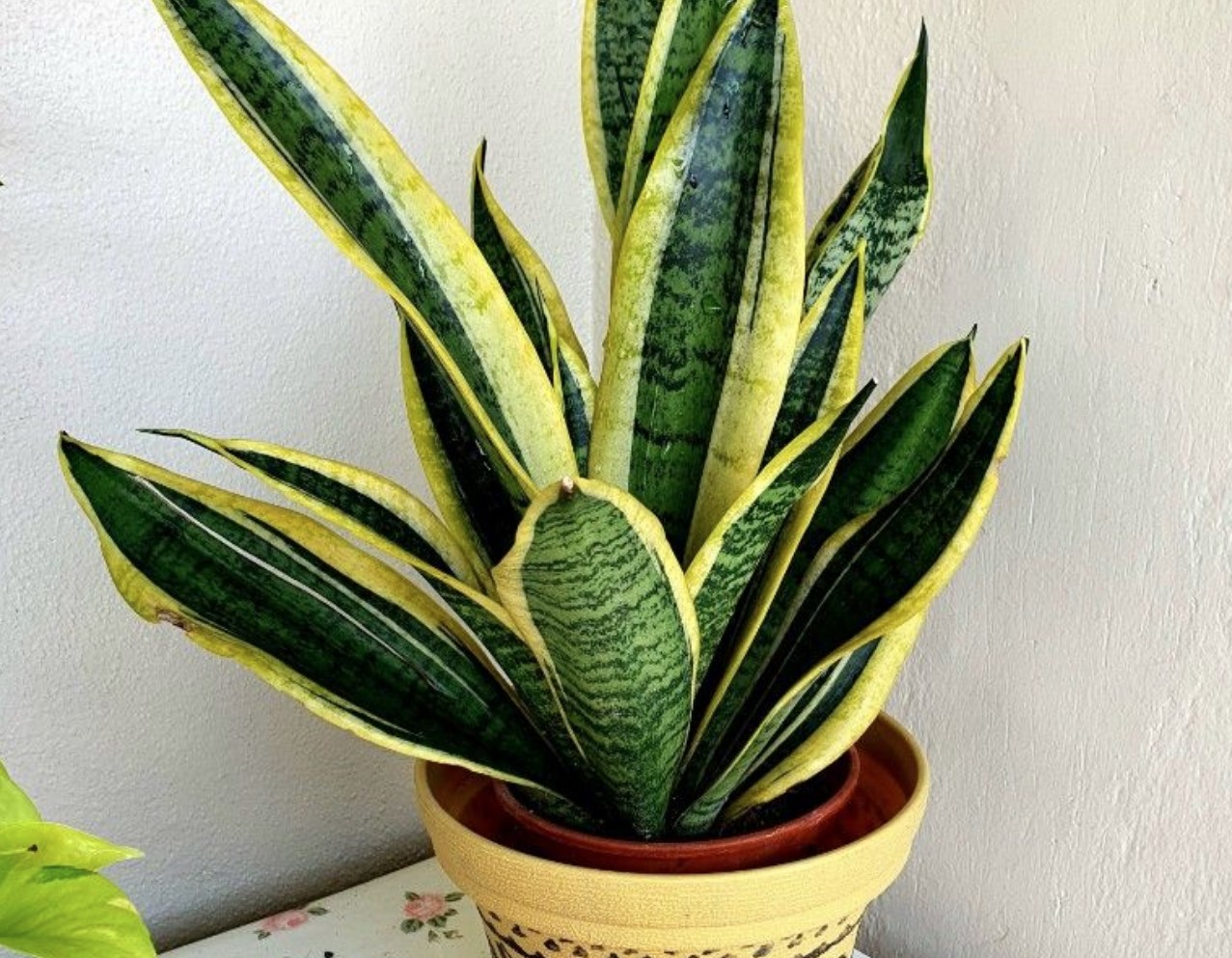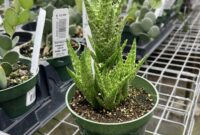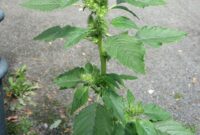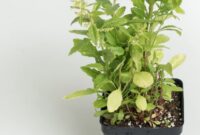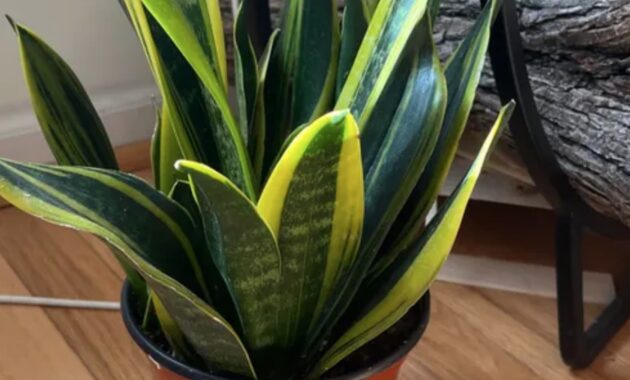
What is a Dracaena Trifasciata?
The Dracaena trifasciata, often affectionately known as the Snake Plant or Mother-in-Law’s Tongue, is a popular indoor plant renowned for its striking appearance and resilience. Its sword-shaped leaves, typically variegated with shades of green and yellow, add a touch of elegance to any space.
Benefits of the Dracaena Trifasciata
Beyond its aesthetic appeal, the Snake Plant offers a host of benefits:
- Air Purification: This plant is a natural air purifier, effectively removing toxins like benzene, formaldehyde, and trichloroethylene from the air.
- Low Maintenance: It’s perfect for busy individuals or those new to plant care, as it thrives on neglect.
- Durability: The Snake Plant is highly resistant to pests and diseases, making it a long-lasting addition to your home.
- Stress Relief: Studies have shown that indoor plants can reduce stress and improve mental well-being.
How to Grow a Dracaena Trifasciata
Light Requirements:
- Bright, Indirect Light: The Snake Plant prefers bright, indirect light but can tolerate low-light conditions.
- Avoid Direct Sunlight: Direct sunlight can scorch the leaves.
Watering Needs:
- Less is More: Overwatering is a common cause of death for this plant.
- Allow Soil to Dry Out: Water your Snake Plant only when the top inch of soil is dry.
- Drainage: Ensure the pot has drainage holes to prevent waterlogging.
Soil:
- Well-Draining Soil: Use a well-draining cactus or succulent potting mix.
- Avoid Heavy Soils: Heavy soils can retain too much moisture, leading to root rot.
Fertilizing:
- Minimal Fertilization: The Snake Plant is a slow-growing plant and doesn’t require frequent fertilization.
- Diluted Fertilizer: If you do fertilize, use a balanced liquid fertilizer diluted to half strength once or twice a year during the growing season.
Propagation:
- Water Propagation: Cut a leaf cutting and place it in a jar of water.
- Soil Propagation: Plant a leaf cutting directly in well-draining soil.
Growth Rate:
- Slow Growth: The Snake Plant is a slow grower, so don’t expect rapid growth.
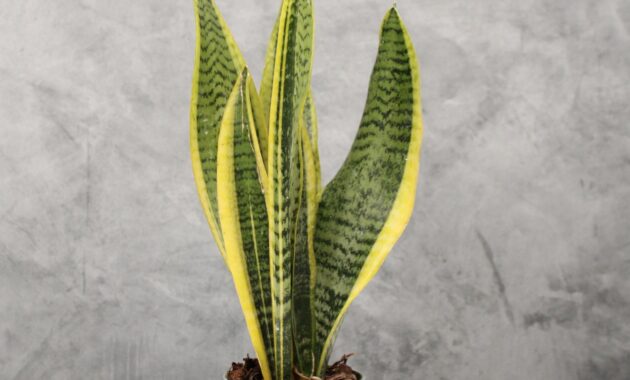
Temperature and Humidity:
- Warm Temperatures: The Snake Plant thrives in warm temperatures between 65°F and 80°F (18°C to 27°C).
- Low Humidity: It can tolerate low humidity levels.
Pruning:
- Minimal Pruning: Pruning is generally not necessary.
- Remove Damaged Leaves: You can remove damaged or yellowing leaves as needed.
Common Issues and Solutions:
- Yellowing Leaves: This can be caused by overwatering or underwatering. Adjust your watering schedule accordingly.
- Brown Leaf Tips: This is often due to low humidity or mineral buildup in the soil. Increase humidity or repot the plant.
- Pests: Mealybugs and scale insects can occasionally infest Snake Plants. Treat them with insecticidal soap or neem oil.
Dracaena Trifasciata and Pets:
The Snake Plant is toxic to cats and dogs. If ingested, it can cause nausea, vomiting, and loss of appetite. Keep it out of reach of pets.
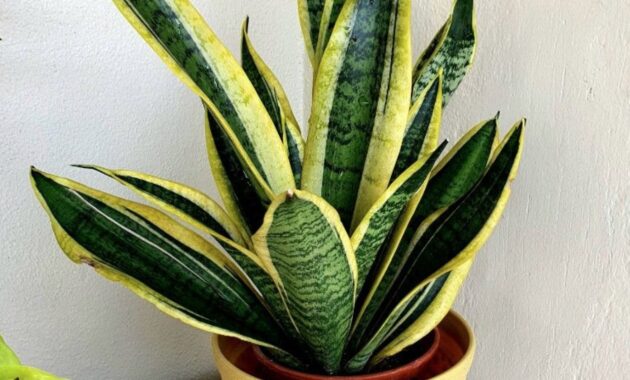
Conclusion
The Dracaena trifasciata is a versatile and resilient houseplant that can add beauty and air-purifying benefits to your home. By following these simple care tips, you can enjoy the many advantages of this low-maintenance plant for years to come.
FAQs
- Can I grow a Dracaena trifasciata in water?
Yes, you can propagate a Snake Plant in water. Simply place a leaf cutting in a jar of water and wait for roots to develop. - How often should I repot my Snake Plant?
Repot your Snake Plant every 2-3 years or when it becomes root-bound. - Can I grow a Dracaena trifasciata outdoors?
While it’s possible to grow a Snake Plant outdoors in warm climates, it’s best suited for indoor environments. - What are the different varieties of Dracaena trifasciata?
There are several varieties of Snake Plants, including the classic green variety, the variegated variety with green and yellow stripes, and the black variety with dark green leaves. - Why is my Snake Plant not growing?
Several factors can hinder the growth of a Snake Plant, including insufficient light, overwatering, or a nutrient deficiency. Ensure that your plant is receiving adequate light and water, and consider fertilizing it once or twice a year.
